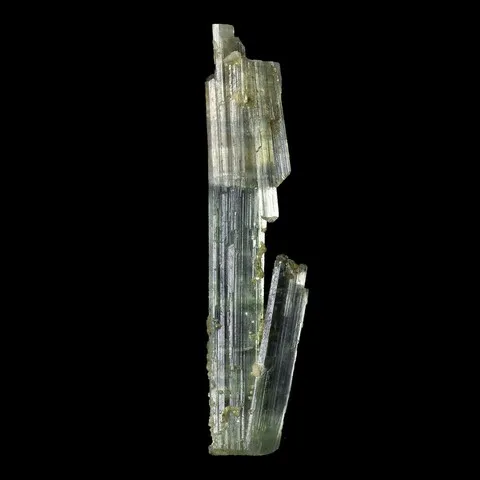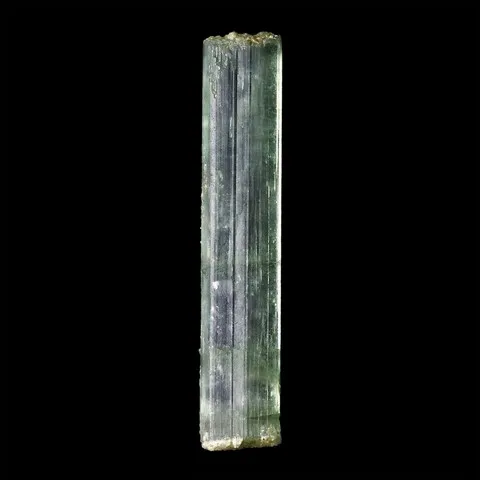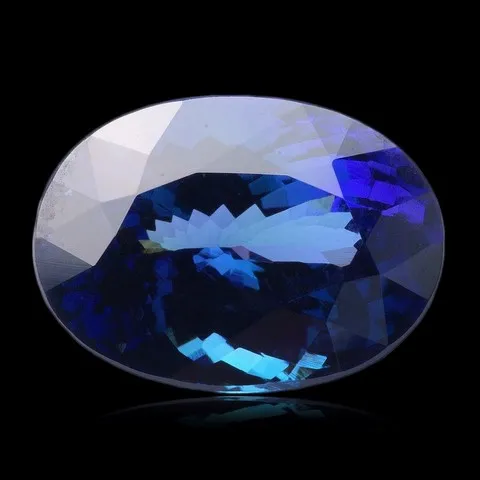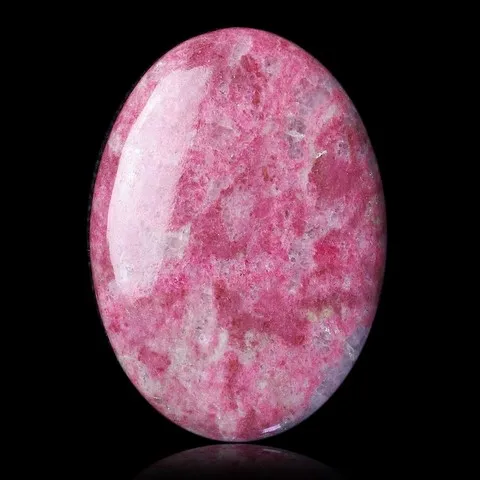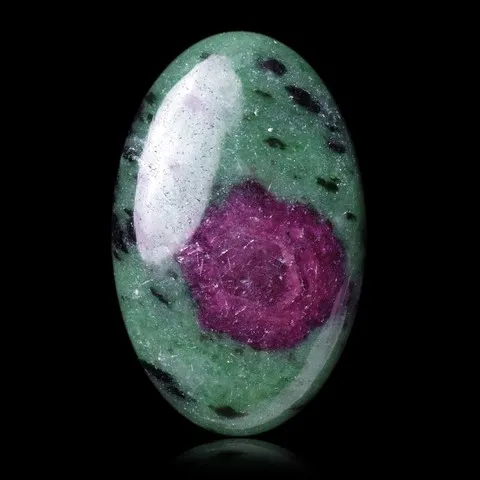ZOISITE
Class : Silicates
Subclass : Sorosilicates
Crystal system : Orthorhombic
Chemistry : Ca2Al3(SiO4)3(OH)
Rarity : Fairly common
Zoisite is the orthorhombic dimorph of clinozoisite and, like it, belongs to the epidote group. It is a mineral of clayey limestones and marls having undergone a not very intense regional metamorphism, more rarely eclogites and hydrothermalized magmatic rocks. It owes its name to the Austrian naturalist Siegmond Zois, an amateur of mineralogy and who provides the defining samples. It usually occurs in flattened fibers with perfect cleavage, frequently assembled in radiate groups, rarely in terminated crystals striated parallel to the elongation. The color is variable : white to grayish white and greenish, sometimes brown-green, exceptionally pink when it is manganiferous (thulite variety) or of a magnificent purplish blue (tanzanite variety). The particularly aesthetic zoisites are used for ornamental or jewelry purposes.
Zoisite in the World
Tanzanite is the variety of zoisite from Merelani Hills (Tanzania), the only locality where it is known in superb crystals, sometimes decimetric, particularly revealing the trichroism of the species which is in this case blue (most often improved by heating), purple and gray.
Thulite is mostly known in large clusters at Thule in Norway.
Zoisite in France
In France, very beautiful gemmy and pink crystals come from pegmatites and aplites from Petches in Ariège. Asbestos from Canari (Haute-Corse) also provided very pretty pale green gemmy crystals up to 2 cm in length.
Twinning
No twinning known for this mineral species.
Fakes and treatments
No fake inventories for this mineral species. Blue tanzanite is almost systematically treated (heated).
Hardness : 6 to 7
Density : 3.15 to 3.36
Fracture : Irregular to conchoidal
Trace : White
TP : Translucent to transparent
RI : 1.696 to 1.718
Birefringence : 0.006 to 0.018
Optical character : Biaxial +
Pleochroism : Strong
Fluorescence : None
Solubility : Hydrofluoric acid
Magnetism : Paramagnetic
Radioactivity : None

